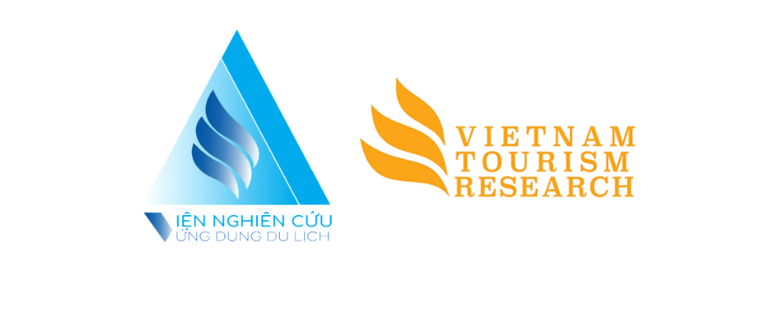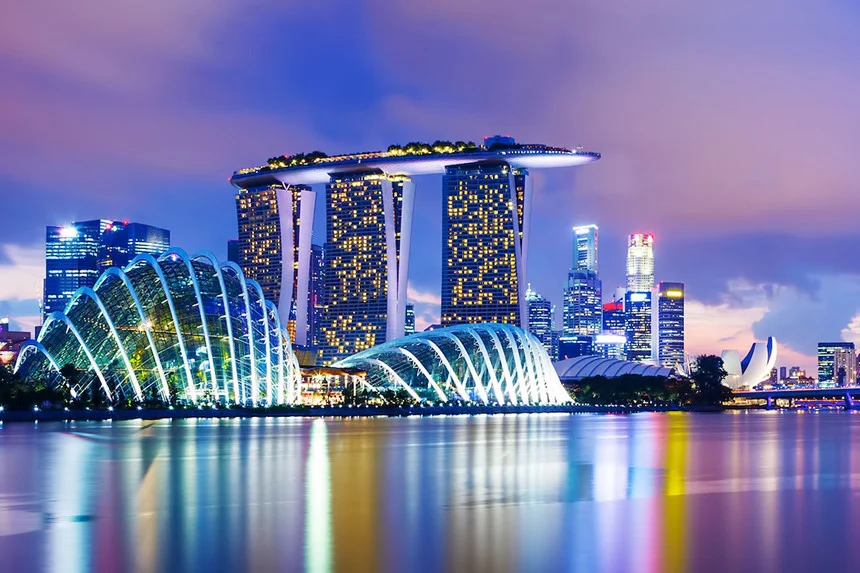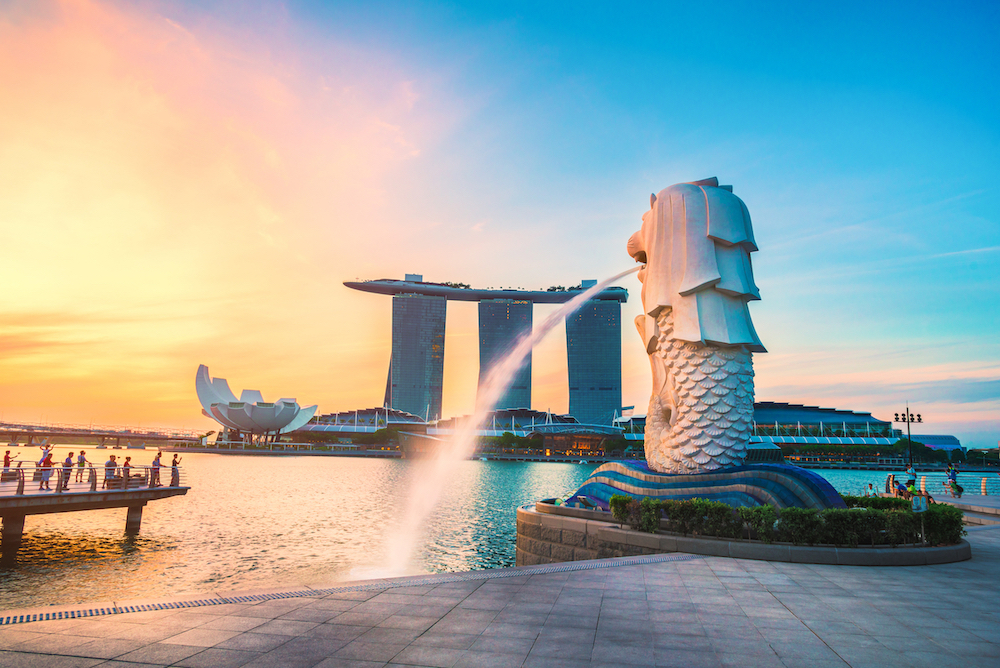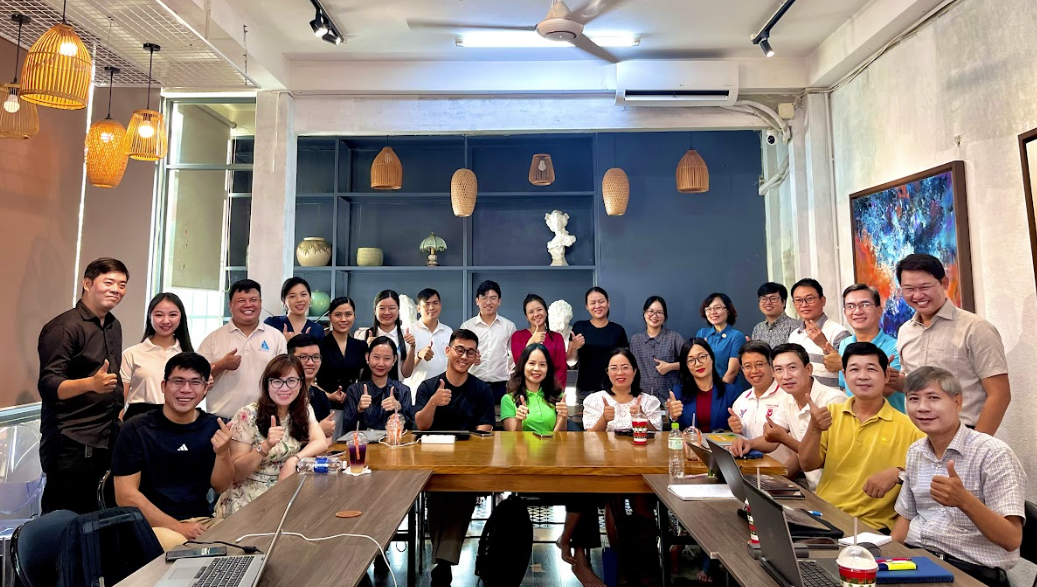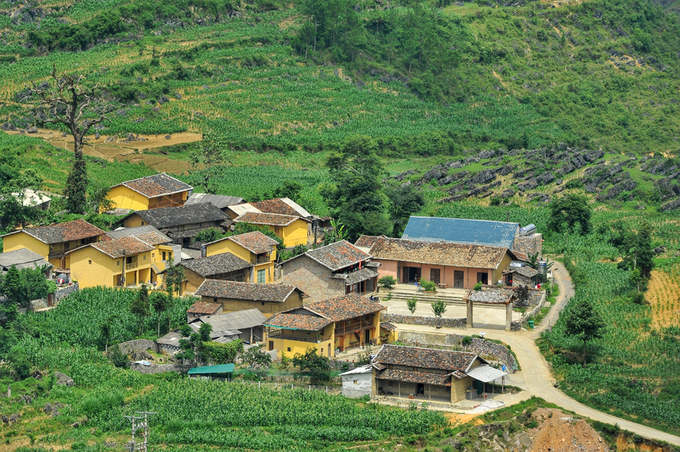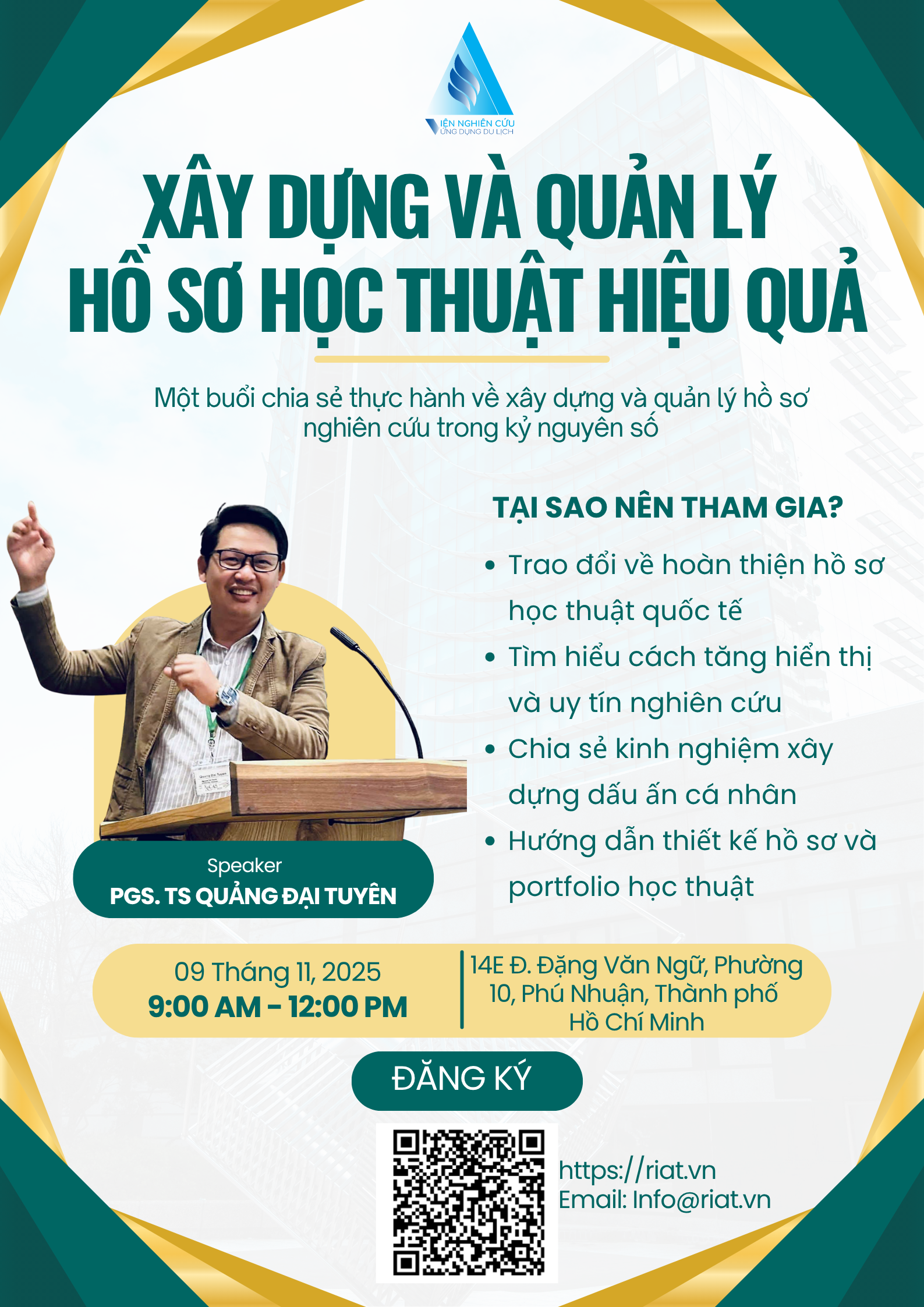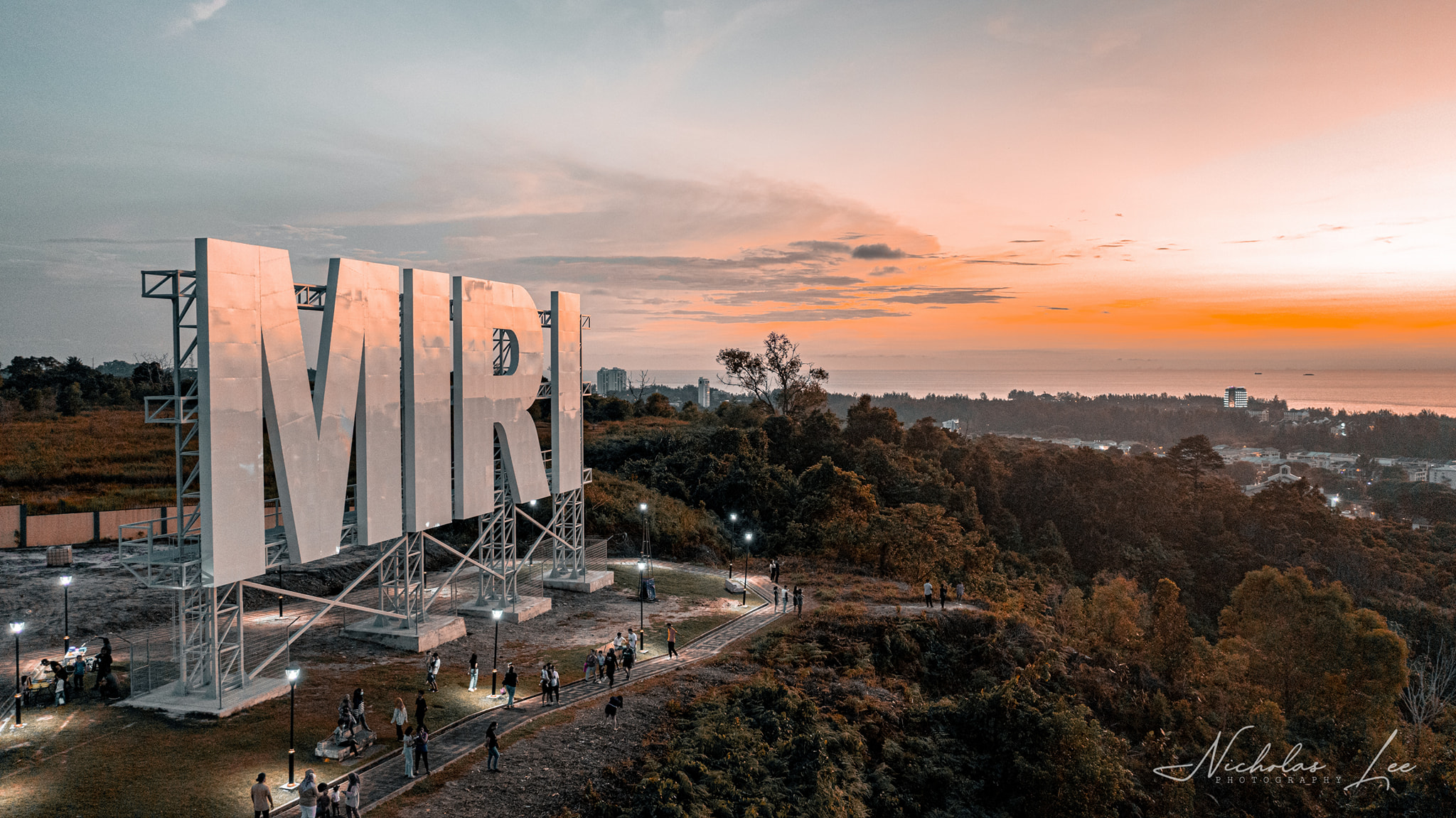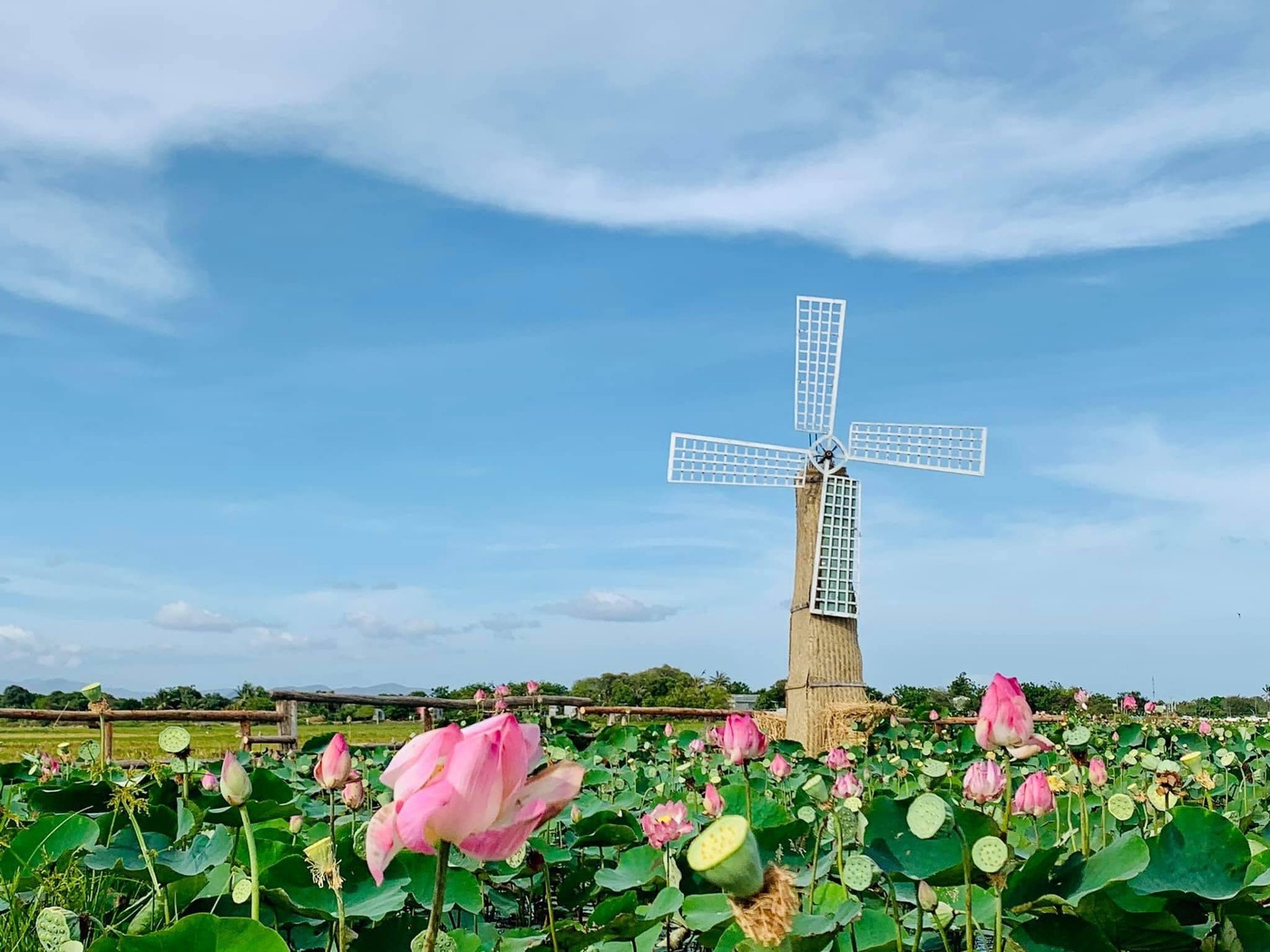This post is also available in:
Tiếng Việt (Vietnamese)
Singapore’s tourism sector endured an unprecedented shock due to the COVID-19 pandemic—but it did not collapse. From the rise of domestic “staycations” to the development of a bold “me only proposition,” the island nation is strategically reshaping the future of tourism with a renewed focus on quality, experience, and digital innovation. This article explores how Singapore adapted and is positioning itself for a resilient comeback in the post-pandemic era.
A Historic Shock: The Collapse of Singapore’s Tourism Engine
The year 2020 marked an unparalleled crisis for Singapore’s tourism and hospitality industries. International arrivals plunged by over 85%, and revenue declined by nearly 80%. With tourism contributing a significant share to the national GDP, the fall from 20 million visitors in 2019 to just 2.7 million in 2020 struck not only economic stability but also the operational core of the service sector.
Staycations: A Creative, Short-Term Lifeline
As borders closed and international travel ground to a halt, staycations—domestic holidays within the city—emerged as a short-term lifeline. Singaporeans began rediscovering luxury hotels in their own city, using them as a brief escape from pandemic stress. Travel blogger Denison Wee, for example, shared experiences of lavish hotel stays with nightly expenditures ranging from $200–$300 SGD.
However, experts agreed that staycations were not a long-term solution. With around 70,000 hotel rooms in the city, only 5–10% could be filled by domestic demand—a figure too low to sustain financial viability. Additionally, local consumer habits—characterized by prudent spending—further limited the scalability of this model.
Diversifying Services and Embracing Digital Solutions
Faced with these realities, many hotels diversified their offerings. Nearly 50% of accommodations participated in government quarantine programs. Others pivoted to offer auxiliary services, including meal deliveries, “grab-and-go” counters, private chef services, and even grocery sales.
Simultaneously, the sector accelerated digital transformation: employing AI for reservation management, optimizing productivity through technology, and enhancing customer experiences via digital platforms. Hotels increasingly recognized the long-term value of contactless services, personalized offerings, and data-driven operational strategies.
A Silent Phase of Strategic Restructuring
Despite a period of near-stasis, the tourism sector in Singapore quietly prepared for its return. Businesses focused on staff training, skills upgrading, and investment in smart management systems. This “silent restructuring” phase was strategically vital for ensuring rapid readiness when borders reopened.
The government played a critical role through wage subsidies, training support, and workforce retention programs. As a result, mass layoffs were largely avoided, creating conditions for a smoother recovery when international demand resumed.
Reimagining the Future: From Volume to Value
Policy makers recognized that mass tourism models may no longer be viable. Instead, new strategies now prioritize attracting high-value travelers—fewer in number, but more willing to spend on unique, high-quality, and personalized experiences.
The concept of the “me only proposition” has become central: exclusive culinary experiences, limited cultural events, and products or services that cannot be replicated elsewhere. Differentiation through authenticity and exclusivity is now the cornerstone of Singapore’s high-end tourism strategy.
Cautious Reopening: Travel Bubbles and Vaccinated Travelers
Singapore has explored safe travel corridors (travel bubbles) while investing in rapid testing, contact tracing, and strict health protocols at airports and hotels. A feasible reopening scenario focuses on fully vaccinated travelers and essential visitors—reflecting a measured but opportunity-driven approach.
This controlled reopening reflects a commitment to balancing economic recovery with public health, a key consideration for Singapore’s next tourism phase.
Ngành du lịch Singapore đang viết lại chiến lược phát triển trong bối cảnh mới. Bằng cách chấp nhận thực tế, chuyển hóa khó khăn thành cơ hội, và đặt trọng tâm vào chất lượng thay vì số lượng, quốc đảo này đang chứng minh khả năng thích ứng phi thường. Dù chặng đường phía trước còn nhiều bất định, Singapore đã và đang tạo dựng một tương lai du lịch linh hoạt, bền vững và dẫn đầu xu hướng hậu đại dịch toàn cầu.
